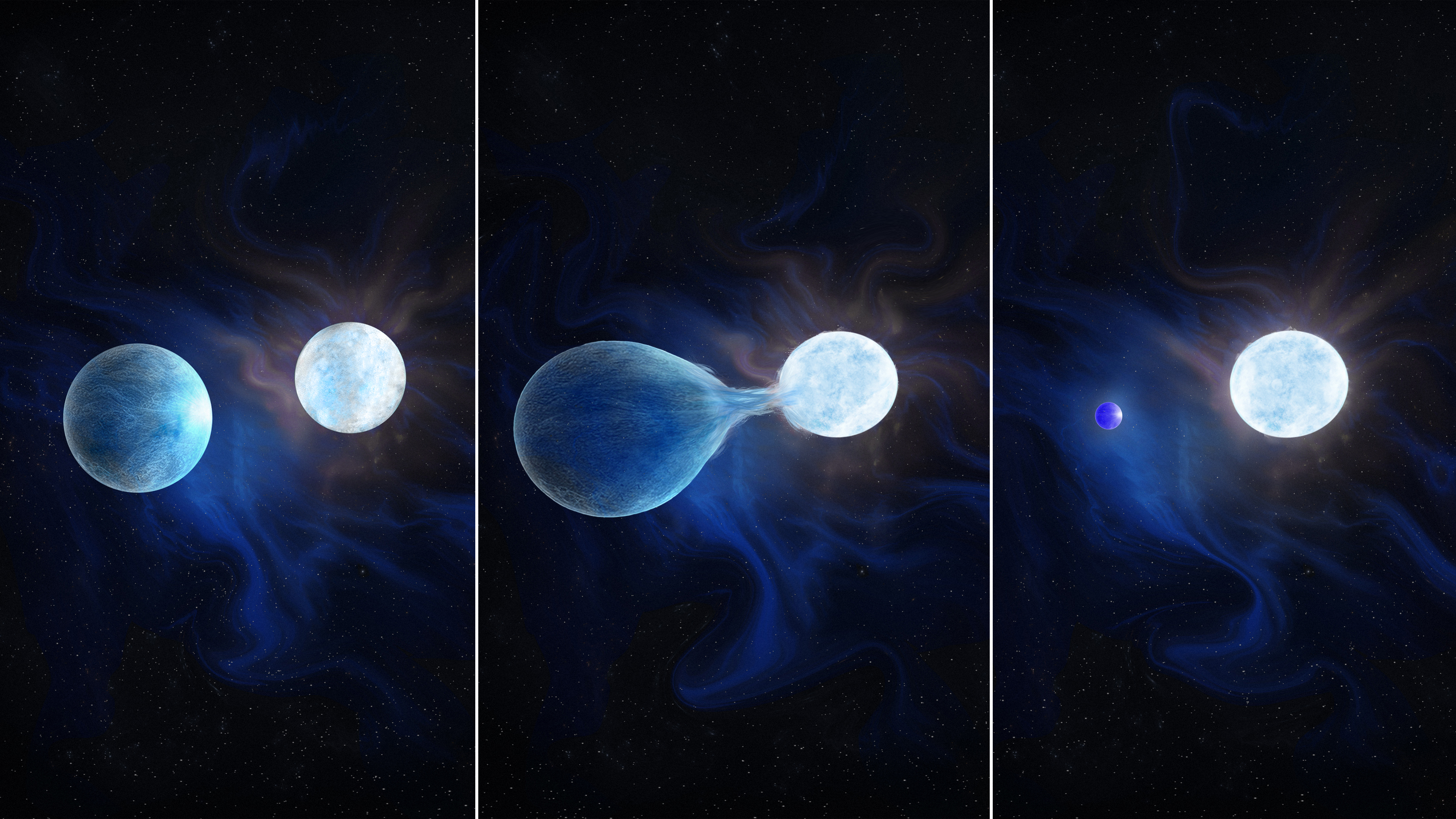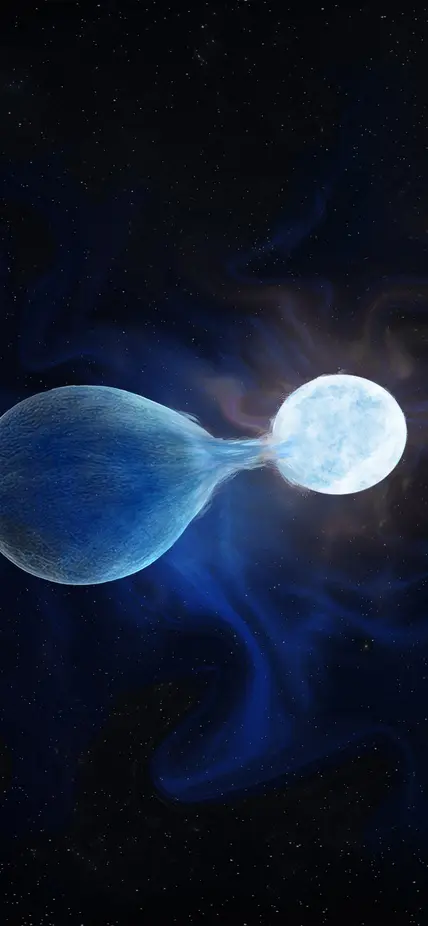Pasadena, CA—A team of astronomers has found a long-“missing” population of stars that could answer long-standing questions about the origins of a mysterious type of supernova. Their discovery, published in Science, could help researchers understand how hydrogen-poor core-collapse supernovae and neutron star collisions occur—major stellar events that are the source of many of the elements on the periodic table.
The project’s leaders, the University of Toronto’s Maria Drout and the Institute of Science and Technology Austria’s Ylva Götberg, met as junior researchers, and both went on to complete postdoctoral positions at the Carnegie Observatories—where the majority of this work was done—and have since moved onto assistant professor positions at their respective institutions.
Supernovae are violent stellar explosions that spew material into their cosmic surroundings, seeding the next generation of stars. But astronomers are still working to elucidate how they originate and what their various stellar progenitors look like—which differ between types of supernovae.
Drout and Götberg were particularly interested in one type of supernovae that stand out from their celestial peers for being hydrogen poor.
The prevailing theory for how hydrogen-poor core collapse supernovae form is from stars so massive that they lose their outer hydrogen-rich envelopes to strong stellar winds. However, this evolutionary scenario cannot account for the large fraction of supernovae that are hydrogen poor. It’s too rare.
Another proposed origin story for these hydrogen-poor core collapse supernovae is that they are created by binary star systems in which one half of the stellar pair pulls material away from the hydrogen envelope surrounding the other. This process can take tens or even hundreds of thousands of years—which is fast in astronomical terms! Eventually, the hydrogen-rich envelope is stripped off and the hot and compact helium core is exposed. The star then spends the remainder of its lifetime stripped, ending its life as a hydrogen-poor supernova.
Predictions indicate that as many as a third of massive stars should experience this kind of envelope stripping. However, only one binary system that matches this description had previously been identified. They are thought to be difficult to spot with telescopes, because much of the light they emit is outside of the visible spectrum and can be outshone by their companion stars.
“Intermediate mass helium stars stripped through binary interaction are predicted to play important roles in astrophysics. Yet, they were not observed until now,” explained Götberg. At Carnegie, she held a prestigious Nashman Fellowship—funded by the late Alvin E. Nashman and his family to advance early career excellence in theoretical astrophysics—as well as a NASA Hubble fellowship.
In addition to hydrogen-poor core collapse supernovae, these same binary star systems are also thought to form neutron star collisions—gravitational waves from which have been detected on Earth by the LIGO collaboration—and neutron star-black hole binaries.
“This was such a big, glaring hole,” added Drout. “If it turned out that these stars are rare, then our whole theoretical framework for all these different phenomena is wrong, with implications for supernovae, gravitational waves, and the light from distant galaxies. This finding shows these stars really do exist.
She, Götberg, and their collaborators initially identified a group of several hundred potential candidate stars using data from the Swift Ultra-Violet/Optical Telescope. They then monitored a set of 25 of them for four years using the Magellan telescopes at Carnegie’s Las Campanas Observatory in Chile. The properties of these stars were consistent with theoretical predictions of hydrogen-poor core collapse progenitor systems, including being hydrogen-poor, helium-rich, very hot, and part of binary systems.
The researchers believe that this newfound population will eventually either explode as supernovae and—in the case of some members of the sample that are paired with neutron stars or black holes—could eventually lead to collisions between two neutron stars or a neutron star and a black hole, which would also be of great interest for expanding our knowledge of the astrophysics underpinning the cosmos.
Drout, Götberg and their collaborators are hoping to find more intermediate mass helium stars in the Milky Way and other nearby galaxies, starting with this new, promising detection technique.
ore intermediate mass helium stars in the Milky Way and other nearby galaxies, starting with this new, promising detection technique.

